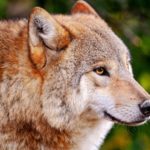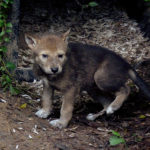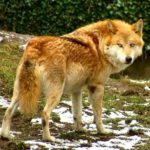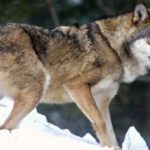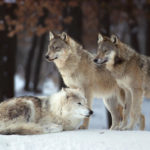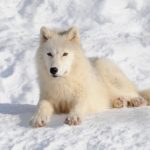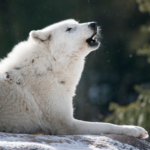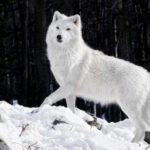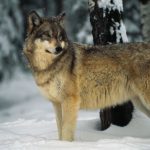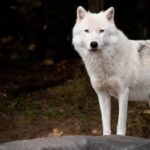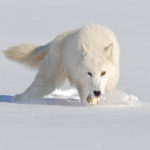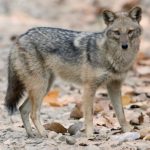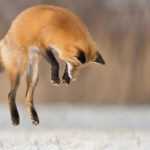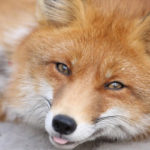Red wolves – information
 Red wolves have an unusual appearance. If you saw a red wolf in your daily life, you thought it was a fox. The most interesting, but at the same time, sad that the Himalayan wolf is listed in the Red Book. A rare species is on the verge of extinction, so these animals need to be protected and treated with care. In Southeast Asia, in the Far East of Russia and in the Urals, the Himalayan wolves used to be shot back, so there are about 2000 individuals around the globe.
Red wolves have an unusual appearance. If you saw a red wolf in your daily life, you thought it was a fox. The most interesting, but at the same time, sad that the Himalayan wolf is listed in the Red Book. A rare species is on the verge of extinction, so these animals need to be protected and treated with care. In Southeast Asia, in the Far East of Russia and in the Urals, the Himalayan wolves used to be shot back, so there are about 2000 individuals around the globe.
Mountain wolves live and hunt in packs of 6-13 animals. Such a “family” is extremely dangerous – it can, in 2 minutes, overwhelm a large deer. Red wolves hunt in the daytime, at night they sleep. Also, the pine tree feeds on vegetative food – nutritious herbs. Sometimes wolves do not disdain to eat small rodents.
Interesting is the fact that the famous writer Kipling wrote about the puansa in his novel The Second Book of the Jungle. It was about the dangerous predators that gathered into groups and destroyed everything in their path. The red wolf differs from its relatives not only in color. A female has 6 to 7 nipples. The Himalayan wolf also has a small number of molars. The wild animal weighs from 15 to 20 kg, despite the fact that the total length of its body is about 80-100 cm.
There are 10 subspecies of a mountain wolf. Most of them live in the regions of India, in Russia – 2 subspecies. If the boanza does not find food, it will be roaming. There were cases when, following the wild sheep and goats, the Himalayan wolves migrated to the mountains to a height of up to 3000 m.
Red wolves are caught and placed in zoos. There they multiply, bringing up to 9 cubs in January or February. Kids at an early age have a gray-brown color, so they look like a normal wolf or German Shepherd puppy.
Animals communicate in quite an interesting way. They talk with smells and sounds (howling, growling). It is also surprising that Himalayan wolves can read the mimicry of the interlocutor, and there is communication between animals.
